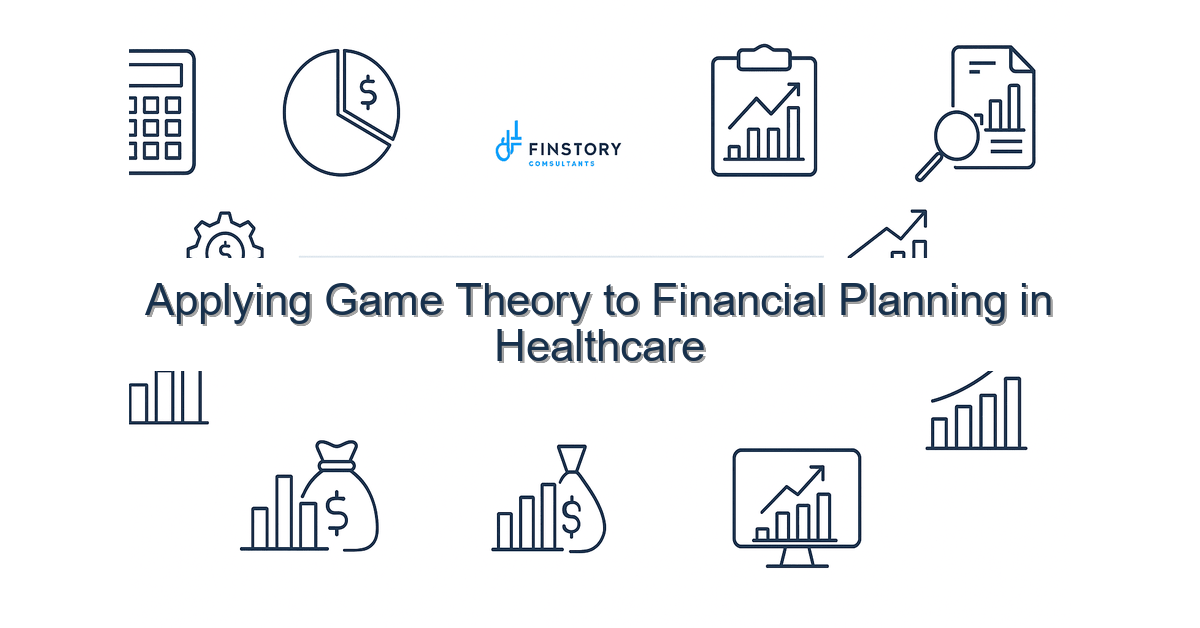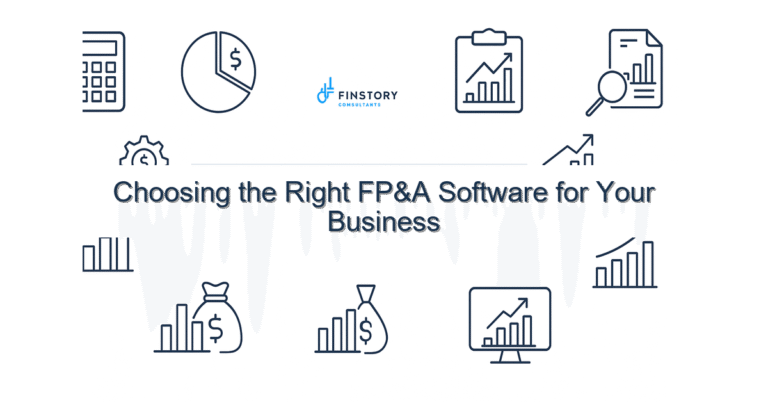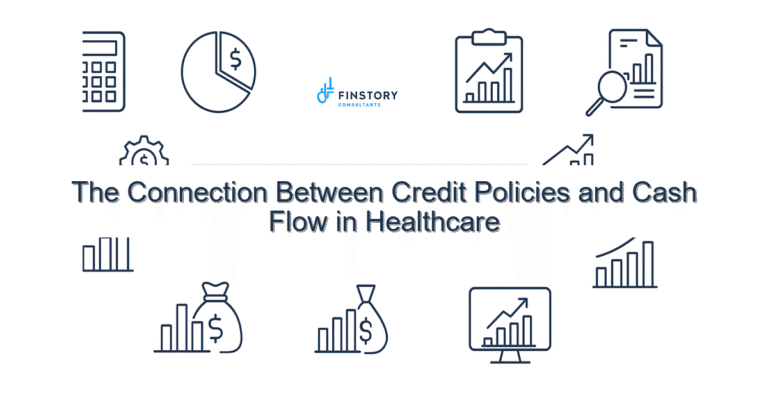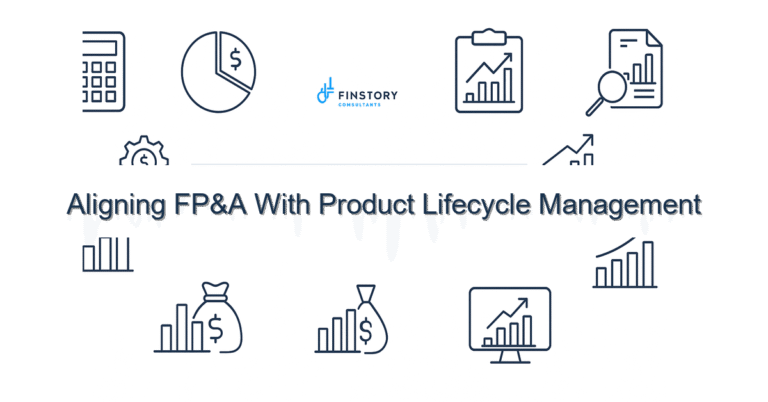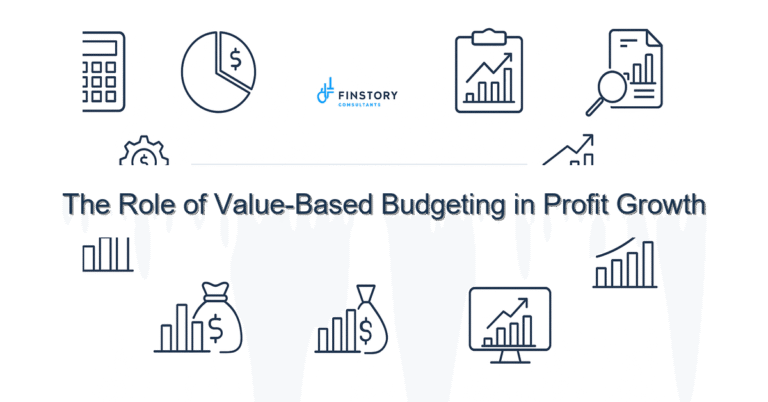Applying Game Theory to Financial Planning in Healthcare
You’re juggling margins, staffing, and unpredictable payer behavior. It’s exhausting when every decision feels like a gamble and the odds keep changing.
Summary: Apply game theory financial planning to turn competitive uncertainty into a structured decision process. You’ll get clearer scenario plays, more aligned stakeholders, and quicker, higher-confidence forecasts that protect margins and patient care.
What’s the real problem? (game theory financial planning)
In healthcare, financial planning is rarely just math. It’s negotiation, signaling, and reacting to other players—insurers, regulators, competing health systems, and internal departments. Without a framework for strategic interaction, finance leaders default to linear forecasts that miss feedback loops and incentives.
- Symptoms: Revenue swings after payer contract changes that you didn’t anticipate.
- Symptoms: Repeated fights between operations and finance about budgets and capacity.
- Symptoms: Long planning cycles with low adoption because leaders don’t trust the numbers.
- Symptoms: Missed margin targets when competitors or payers take unexpected actions.
What leaders get wrong (game theory for healthcare financial planning)
Leaders often treat planning as a purely internal exercise. They ignore that many outcomes depend on how external players will respond. Common pitfalls:
- Overconfidence in a single forecast. A best-estimate without strategic scenarios leaves you exposed.
- Treating incentives as fixed. Payers and competitors change behavior when your hospital signals a strategy.
- Misaligned KPIs. Departments pursue local objectives that hurt system-wide financial health.
- Slow iteration. When new information arrives, updating plans is manual and political rather than strategic.
A better approach
Game theory doesn’t mean complicated math at the executive level. It’s a mindset and a repeatable framework you can apply to financial planning. Use these steps to structure interactions, anticipate moves, and pick strategies that hold up under pressure.
Framework — 4 steps
- Map the players. List who can affect outcomes (payers, competitors, physicians, regulators, central supply).
- Identify incentives. For each player, clarify what they value and what moves they can make.
- Model likely moves. Create 2–4 plausible scenarios of how the players will respond to your decisions.
- Select robust strategies. Choose options that perform reasonably well across scenarios rather than optimize for one.
Short story: A mid-sized hospital we worked with treated a proposed ED expansion as an internal ops decision. By mapping payer incentives and nearby competitor capacity (step 1–2), they realized some insurers would steer patients away unless reimbursement changed. Modeling those moves forced them to negotiate conditional network terms with payers before breaking ground, avoiding a costly underused expansion. The hospital cut its downside risk by ~60% compared to the original plan.
Quick implementation checklist
- Run a 90-minute workshop with clinical leaders and operations to list external players and their incentives.
- Create 3 scenarios: optimistic, base, downside—with explicit triggers for each.
- Quantify the financial impact of each scenario on revenue, volume, and margin.
- Design one contingent action for each scenario (e.g., staffing flex, contract renegotiation trigger).
- Use a 2×2 payoff table for key choices (e.g., expand now vs. wait) to visualize trade-offs.
- Publish a short leadership memo with the chosen strategy and the signals you’ll watch.
- Set a 30-day cadence to review new signals and update the scenario probabilities.
What success looks like
When you apply game theory in financial planning for hospitals, success is tangible and measurable:
- Forecast accuracy improves: variance to actuals down by 15–30%.
- Decision cycle time drops: budget-to-decision time cut by 25%.
- Negotiation outcomes improve: more favorable payer terms or contingency clauses secured.
- Operational alignment rises: fewer interdepartmental escalations and faster plan adoption.
- ROI: Lower downside losses in downside scenarios (example above showed 60% reduction).
Risks & how to manage them
Applying strategic thinking has its own risks. Manage them directly.
- Risk: Overcomplicating the model. Mitigation: Keep scenarios simple—3 plausible futures is enough to start.
- Risk: Paralysis from too many players. Mitigation: Prioritize the top 3 external stakeholders that move the most revenue or cost.
- Risk: Internal pushback on contingent plans. Mitigation: Make contingency triggers objective and data-driven (volume thresholds, payer contract metrics).
Tools & data
Put the right tools in place so game-theory-informed planning becomes repeatable.
- Finance automation for rapid scenario recalculation—reduces manual reconciliation and speeds iterations.
- Driver-based models that link operational actions to financial outcomes (see our guide to driver-based planning).
- Power BI or a similar visualization layer for payoff tables, scenario dashboards, and leadership reporting.
- Integrated FP&A workflows—connect planning to contracts and supply-chain systems (learn about our FP&A services).
FAQs
Q: Isn’t game theory too academic for our hospital?
A: No. At its core, game theory is structured common sense: who moves, why, and what outcomes follow. Use a simplified framework—no advanced math required.
Q: How many scenarios do we need?
A: Start with three: upside, base, downside. Make them actionable with clear triggers and contingencies.
Q: How do we get clinical leaders to buy in?
A: Invite them into the mapping step. When clinicians see incentives and trade-offs, they become partners in executing contingent actions.
Q: Can this approach help with payer negotiations?
A: Yes. Modeling payer responses gives you leverage and a plan for conditional proposals and fallback positions.
Next steps (game theory in financial planning for hospitals)
If you want to move from reactive to strategic, start small: run a scenario workshop this month and connect one contingent action to your next board update. Use the 4-step framework above to reduce downside risk and improve negotiation outcomes.
Interested in a hands-on pilot? Contact Finstory to map your players, build scenario dashboards in Power BI, and align operations with finance. We can run the first workshop with your CFO and COO and leave you with a repeatable playbook.
Work with Finstory. If you want this done right—tailored to your operations—we’ll map the process, stand up the dashboards, and train your team. Let’s talk about your goals.
📞 Ready to take the next step?
Book a 20-min call with our experts and see how we can help your team move faster.
Prefer email or phone? Write to info@finstory.net
or call +91 44-45811170.
